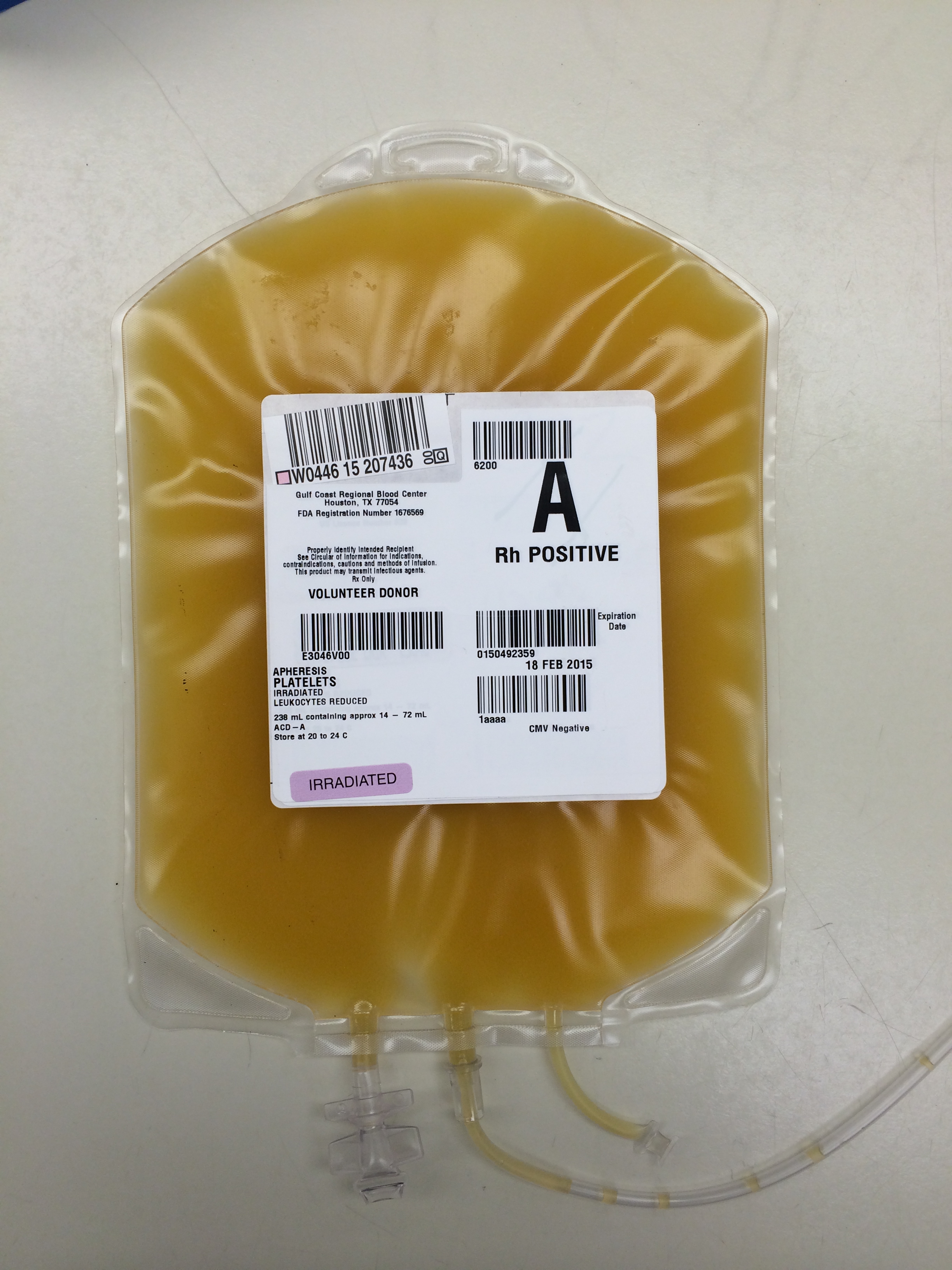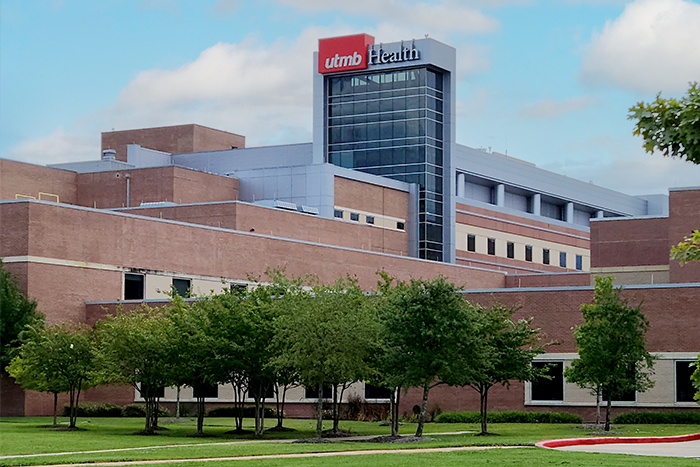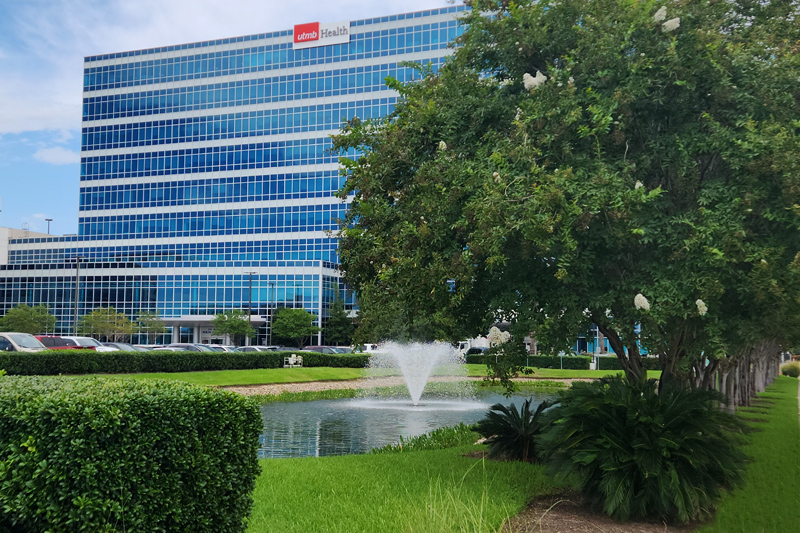
Platelets

Platelets
Platelets are essential for the initial phase of hemostasis. Platelets are prepared by using a centrifuge to separate the platelet-rich plasma from the donated unit of whole blood. These random donor platelet concentrates contain about 60mL of plasma and small numbers of red blood cells and leukocytes.







